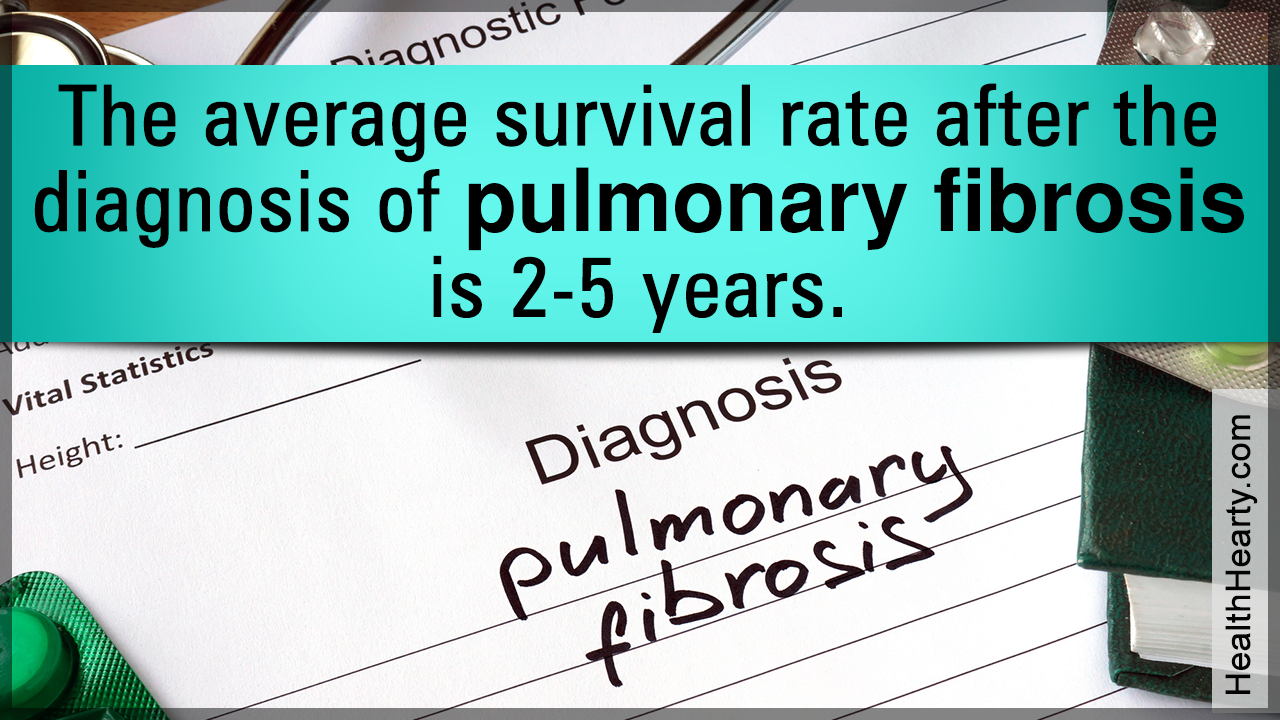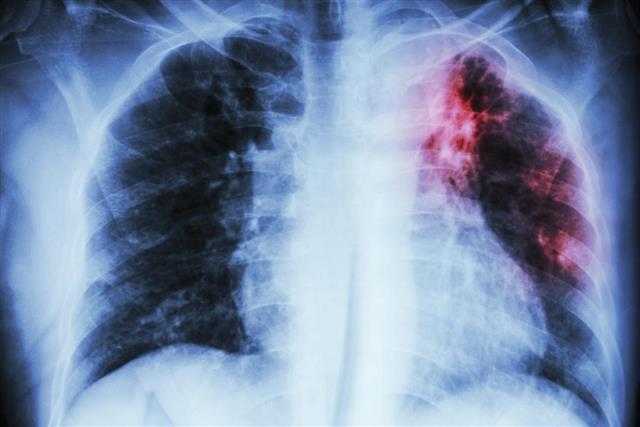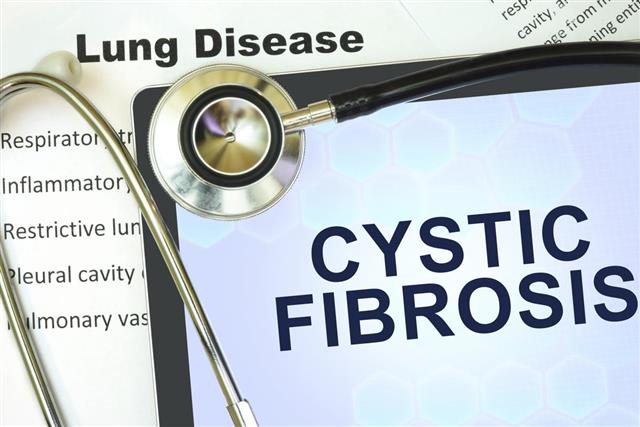
Pulmonary fibrosis is a progressive lung disease wherein the interstitial spaces and tissues that support the alveoli get scarred. It has a poor prognosis, with the life expectancy ranging between 2 to 5 years after diagnosis. The following write-up provides information on the factors that may affect pulmonary fibrosis life expectancy.
Pulmonary fibrosis is a chronic lung disease that is marked by the growth of excess fibrous tissues in the lungs. It is characterized by scarring of the interstitial tissues that support the alveoli or the air sacs in which the exchange of oxygen and carbon dioxide takes place. Scarring in the lungs reduces the elasticity of the pulmonary tissues, thereby affecting the lung function. As scar tissues replace the healthy tissues, the affected individual is likely to experience breathing problems.
Factors that are known to trigger pulmonary fibrosis include injury to the lung tissues, exposure to radiation or environmental pollutants such as asbestos or silica, medical conditions (pneumonia, scleroderma, tuberculosis, rheumatoid arthritis, systemic lupus erythematosus, sarcoidosis, etc.), genetic predisposition, smoking, and prolonged use of certain drugs. When the underlying cause behind scarring cannot be identified, the condition is referred to as idiopathic pulmonary fibrosis.
Prognosis and Life Expectancy
The main concern about pulmonary fibrosis is that the damage caused by this lung condition is not reversible. Drug therapy has not proved to be effective in reversing the damage, especially in case of idiopathic pulmonary fibrosis. Being a progressive disease, the scarring of the lung tissues worsens with time. The prognosis of this disease is dismal, and pulmonary fibrosis life expectancy is believed to range between 2 to 5 years after diagnosis. However, it should be noted that the life expectancy could vary from one case to another. The prognosis varies, depending on the rate of deterioration.
Several factors that may affect the patient’s survival rate directly or indirectly are taken into consideration while determining the life expectancy. The patient’s medical history, lifestyle, and overall health, may affect the prognosis. While people affected with pulmonary fibrosis are usually in their forties and fifties, this chronic lung disease could affect people of all ages, including children in the age group of 7 to 8 years and senior citizens who are in their seventies. Statistics show that the mortality rates are higher in men than women. Factors that may affect the prognosis include:
◘ Time of Diagnosis
Prognosis may be better if this condition is diagnosed at a younger age (below 50 years). A better prognosis can be expected when treatment is administered within one year after the onset of symptoms.
◘ Extent of Damage
The life expectancy may improve if the extent of damage or scarring of the lung tissues is less at the time of diagnosis. Breathlessness is the characteristic sign of pulmonary fibrosis. A better outcome can be expected if the patient only has a mild breathing problem at the time of diagnosis.
◘ Response to Treatment
Patients who are responsive to therapeutic intervention are also likely to live longer than those who don’t have a positive response to therapy. A patient is believed to show a favorable response to treatment when he/she exhibits signs of improvement within 3 to 6 months of treatment. This includes improved lung function that is revealed through blood tests and imaging studies and reduction in the severity of symptoms. Non-smokers may sometimes respond better to therapy.
◘ Identifiable Cause
Prognosis is better if the underlying cause behind the scarring of the lung tissues has been identified. The progression of the disease may slow down if the underlying cause is treated with drug therapy and other treatment options.
Living with Pulmonary Fibrosis
Breathing difficulty is one of the most common signs of pulmonary fibrosis. Symptoms associated with scarring of the lung tissues include:
- Loss of appetite
- Dry hacking cough
- Shortness of breath (especially during exertion)
- Chest pain
- Weakness
- Unexplained weight loss
As the symptoms may mimic those of other lung diseases, it would be best to consult a doctor for proper diagnosis and treatment. Unfortunately, there is no cure for pulmonary fibrosis. Though the average pulmonary fibrosis life expectancy is estimated to be 2-5 years following the diagnosis, the survival rate of a patient with a good prognosis may be higher than 5 years (about 7 years).
The patients must not only follow the guidelines regarding the use of drugs and other treatment options, but also make the right lifestyle changes. In order to improve the quality of life, the affected individuals must:
- Quit smoking
- Follow a healthy diet and exercise regularly
- Seek medical help for treating health problems that exacerbate pulmonary fibrosis
As the disease progresses, oxygen therapy may be required. In severe cases, lung transplantation may be recommended. Currently, clinical trials are being conducted to ascertain reliable approaches for treatment, including methods that may be able to reverse the scarring of lung tissues.
Disclaimer: The information provided in this article is solely for educating the reader. It is not intended to be a substitute for the advice of a medical expert.




